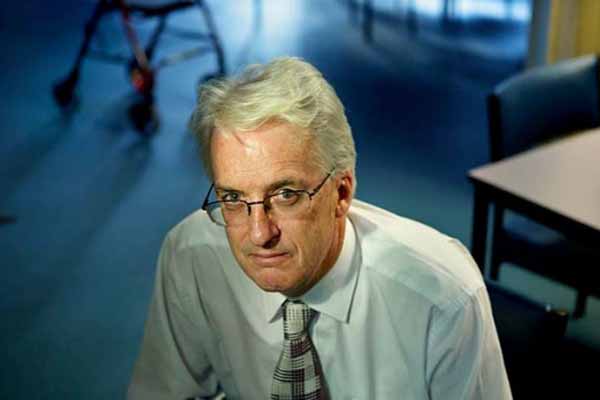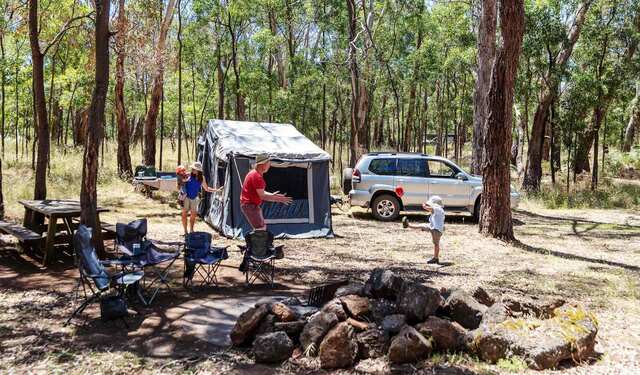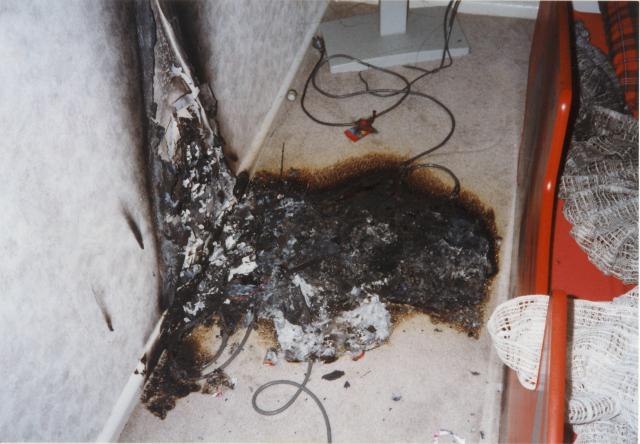Youth unemployment in Melbourne’s outer west is the highest in Victoria.
Figures released on March 15 reveal that the outer western suburbs are under the most pressure in Victoria for job seekers aged 15 to 24.
The Australian Bureau of Statistics data analysed by anti-poverty organisation the Brotherhood of St Laurence for its
Australia’s Youth Unemployment Hotspots: Snapshot shows that youth unemployment in Victoria was 14.2 per cent at December 31.
Parts of Melton’s eastern fringe and parts of Moorabool were among the regions that fared the worst with unemployment rates soaring as high as 17.3 per cent in Melton and 15.5 per cent in Ballan.
Employment service Matchworks Melton manager Daniel Reid said the odds were often stacked against the area’s young people.
“I’m not surprised at all by these figures,” he said. “I’ve worked in a number of different areas and it does seem to me that there are a lot more issues relating to youth unemployment in Melton than other places I’ve worked.
“There are certainly some issues around transport which limit the opportunities that young people can access particularly if they’re in the city,” he said.
“We do have the manufacturing precinct in Melton, which is accessible by public transport, but even those jobs are limited.”
Melton’s four-week Matchworks XLR8 program, aimed at job seekers aged 15 to 21, helps participants engage with their local community while addressing ongoing barriers to employment.
The state’s 14.2 per cent unemployment rate for 15 to 24-year-olds is more than twice the overall unemployment rate in Victoria of 6.1 per cent.
The national youth unemployment rate is 12.2 per cent, down from a high of almost 14 per cent at December, 2014, but still well up on the level before the global financial crisis in 2008 when it dipped below 9 per cent.
Youth owed a ‘better deal’.
Brotherhood executive director Tony Nicholson said the nation owed young people a “better deal”.
“Rural and regional areas are doing it particularly tough,” he said.
“It’s deeply concerning that some 258,000 young people in the labour market across the nation are unable to find work.
“In ‘hot spots’, the job search is much harder for them.
“Digging into the data, we find some regions bearing a much heavier burden than others. Our globalised economy makes it hard for young people to find entry-level jobs.
“This generational issue needs sustained attention on all fronts: schools, vocational training and universities as well as welfare assistance and employment programs.”







